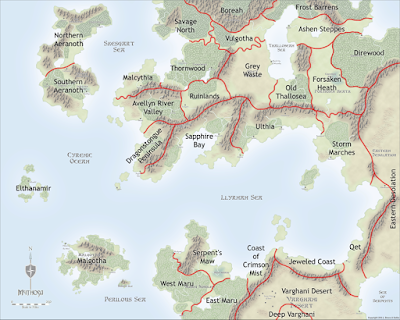Weights of Common Substances
Compiled by Andrew Roy The table below provides density figures for many common (and some not-so-common) substances. This information is useful for determining the weight (or volume) of objects and cargo. This table was pieced together from a wide variety of sources, listed in full at the bottom of the page. The inspiration for this comes from the old Dragon magazine article, "How Heavy is My Giant". These figures have not been rigorously checked. Do not rely on this as a scientific reference! Note on measures: Specific gravity is a measure of an object's density. A cubic centimeter of water at 4°C weighs 1 gram, and has a specific gravity of 1. The specific gravity numbers below can be read as "grams per cubic centimeter" (or kg/liter). A solid object with a specific gravity greater than 1 will sink in water. Weight in pounds per cubic inch and foot is also provided to save non-metric users some time on the calculator. Material Specific Gravity Pound...



